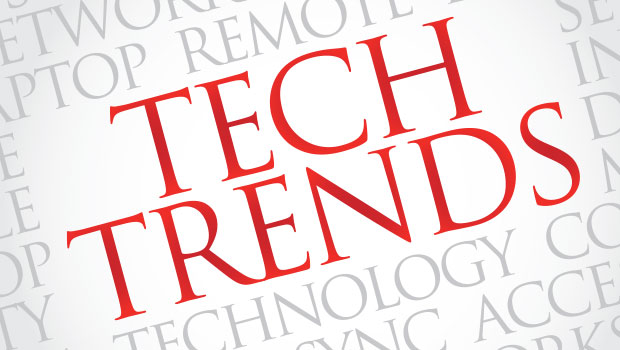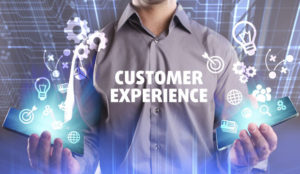One of the big stories of next year might be decentralization. It’s below the radar right now, which is why I think it has potential. Decentralization is what it sounds like: pushing centralized processes and decision-making to the periphery, where it is believed people can be more effective at dealing with whatever is on tap.
Western democratic capitalism runs circles around Soviet style centralized command-and-control economics. Although the Soviet Union is long gone, command and control still thrives in China (with some loosening), Cuba, North Korea, and even in modern Russia.
Business had an era of decentralization in the 1990s, when computing power became powerful enough to affect real-time decisions. At that point, businesses couldn’t push decision-making down the org chart while erasing levels of middle managers fast enough.
The lesson from that time is that pushing decision-making down is fine if you accompany responsibility with resources. That often didn’t happen or it was haphazard, and we’re still dealing with the aftermath. For instance, line of business managers went gaga for Software as a Service apps, but then realized they needed CIO help to knit everything together. There was much friction and wailing and gnashing of teeth.
Today’s decentralization has been ongoing for some time. The Internet democratized information, fostering transparency, and individuals took advantage with their handheld devices. There are two important examples of decentralization happening right now that will affect CRM in healthcare and philanthropy, and that’s just the start.
CRM in Healthcare
Big drugstore chain CVS and health insurance giant Aetna recently agreed to merge. The impacts will be significant and represent a huge decentralization of healthcare. First, the combination includes CVS’ walk-in clinics, which now can provide care that is both high quality and lower-cost than hospitals for a variety of needs. Aetna could realize significant savings by directing sub-acute care to the clinics. That’s the easy part.
The combination also changes the dynamic between caregivers and patients, such that with a good deal of CRM technology, providers can transition from fixing people when they are broken to keeping them well.
That can happen when a clinic starts making calls to remind people to take their meds, or markets and sells healthy lifestyles through exercise groups or healthy cooking, for instance. All of that requires the talents of the CRM suite and its people. It’s a real growth opportunity.
This model isn’t simply baked in my brain. Salesforce and its partners have been building it for several years already.
CRM in Philanthropy
The common model for philanthropy has been for a central organization to collect money from patrons and to distribute it. As we’ve seen with Salesforce’s 1:1:1 model, however, many individuals want to do more than write checks. They get satisfaction from more direct involvement.
It’s no surprise that Salesforce has embarked on building a Philanthropy Cloud, which it announced at Dreamforce. When completed in 2019, the Philanthropy Cloud will accept monetary donations, of course, but it also will accept donations of labor and assistance with grant proposals, and it will help match people to charities.
For instance, if you want to donate to a community building project, you might find it in the cloud’s database. Ditto if you wish to give time or money to an environmental cause or to help the homeless.
All of this was possible before, of course, but too many charities today are hiding in plain sight. Most don’t have ad budgets, so they’re perpetually understaffed and underfunded. Salesforce’s approach to philanthropy could change this. With its combination of outreach and analytics, CRM technology could be an important bridge to decentralizing and improving the way we engage in philanthropy.
My 2 Cents
You might think neither of these examples of decentralization is significant, but they are models of what can be, and they borrow heavily from CRM.
Healthcare and philanthropy are two big monoliths that haven’t changed much throughout the information age. Healthcare in America is mired in a break-fix model when the world has moved to wellness and saved millions of lives in the process.
We use information systems to store medical data, but the systems too often don’t talk to one another so it’s a big deal just to send a medical record across town. The medical records department’s favorite technology is too often the fax machine. Yes.
Philanthropy is a big opportunity waiting to reach critical mass. The younger generations, especially millennials, expect to get more satisfaction from a job than a paycheck delivers, according to research. They want to believe they’re making a difference in the world.
There are more than 3,000 businesses that have implemented some form of the 1:1:1 model, and more might if they didn’t have to administer programs with spreadsheets.
So there it is. Decentralization, mediated by CRM, coming soon. Get ready — and don’t say you weren’t informed.
























































